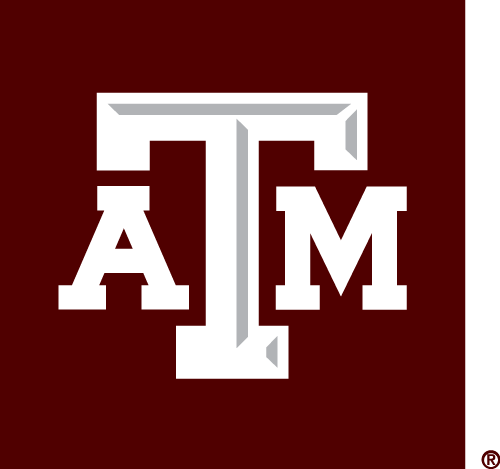
Biosafety Occupational Health Program
The Texas A&M University Biosafety Occupational Health Program (BOHP) facilitates occupational health services for individuals participating in activities involving biohazards and/or animals under the oversight of the Institutional Biosafety Committee (IBC) or the Institutional Animal Care and Use Committee (IACUC), or that work in university facilities where animals are treated or housed. These services include risk assessment, access to pre-exposure prophylaxis and mitigations, post-exposure incident response, and access to an occupational health provider.
The BOHP provides eligible participants with access to educational resources, occupational health services, and to an occupational health provider. Specifically, the BOHP addresses occupational exposure to the following:
Resources
BOHP Manual
Texas A&M University is committed to providing a safe and healthful work and educational environment. The University has established the Biosafety Occupational Health Program (BOHP) to prevent injury and illness among personnel who may be at risk of occupational exposure to biohazards and animals.
Bloodborne pathogens (BBP) are microorganisms that may be present in human (and non-human primate) blood, body fluids, and unfixed cells and tissues. Bloodborne pathogens can cause disease in humans.
Employees who have an occupational risk of exposure to human blood or other potentially infectious material (OPIM) must complete BBP training on an annual basis.
The Texas A&M University Biosafety Occupational Health Program (BOHP) provides respiratory protection services for individuals at risk of exposure to infectious biohazards or animal allergens during their participation in IBC or IACUC approved activities as well as to those working in university facilities where animals are housed or treated.
Individuals at risk of exposure to animals during their participation in, or operational support of, Institutional Animal Care and Use Committee (IACUC) permitted research, teaching, or diagnostic activities are required to enroll in the Biosafety Occupational Health Program (BOHP).
The IACUC may require an individual to complete specific animal related training(s) prior to beginning work duties or research.
Training Courses
The Biosafety Occupational Health Program provides a variety of training online through the Texas A&M TrainTraq system (for employees) and the Gateway system (for students and visitors). For questions about the training below, email BOHP staff or call (979) 845-6649.
This training provides an overview of the Texas A&M Institutional Biosafety Committee (IBC) policy on working with pregnant sheep inside facilities and a brief summary on Coxiella burnetti, the etiologic agent of Q fever.
Powered Air Purifying Respirator (PAPR) Training
Course 2111580PAPR training covers the proper use of a PAPR, donning and doffing procedures, the benefits and limitations of using a PAPR, and general cleaning, maintenance, and storage procedures for a PAPR.
Animal Allergens and Asthma Training
Course 2113938This training provides an overview of animal allergens and how to address them in the work place.
